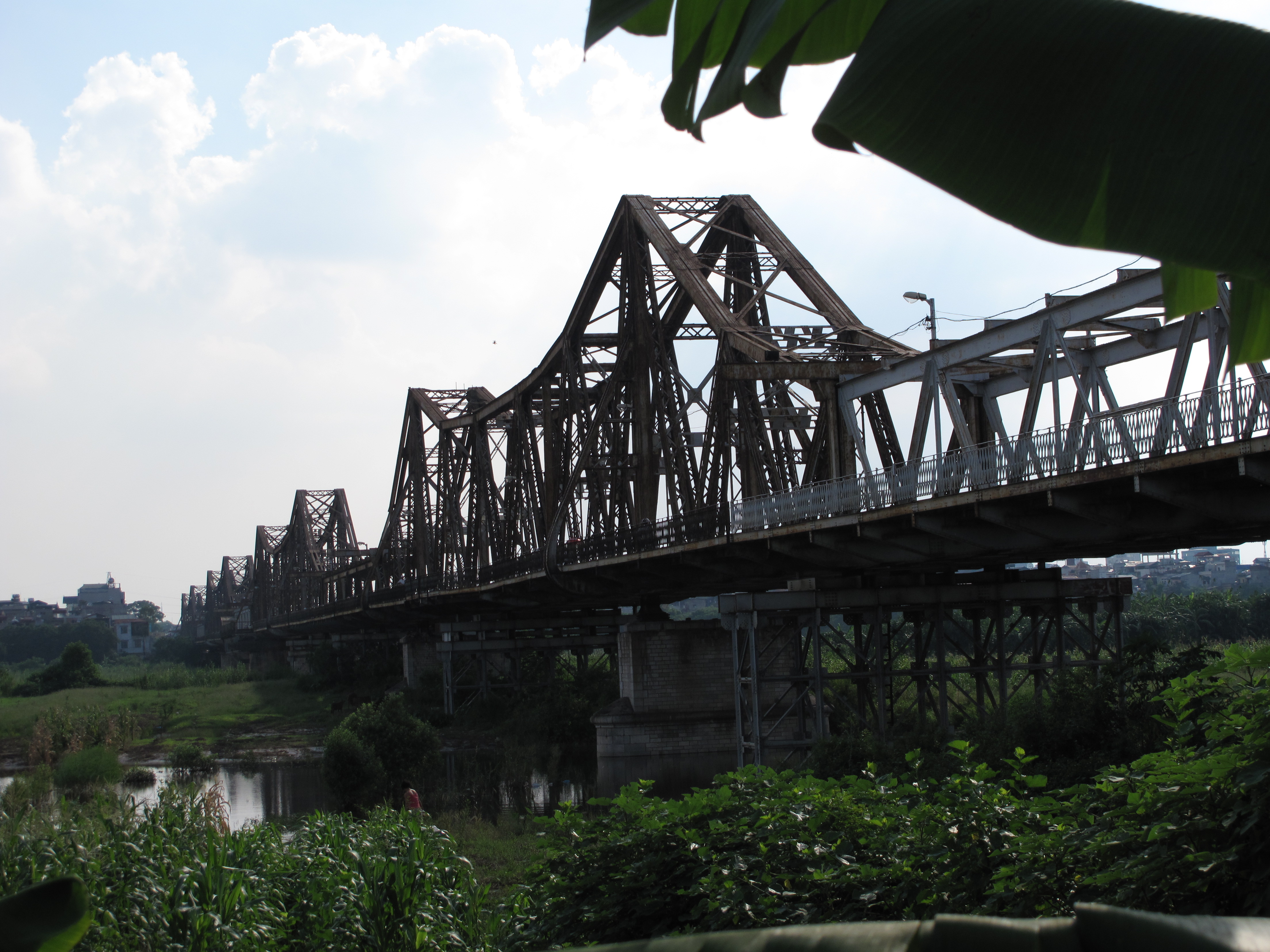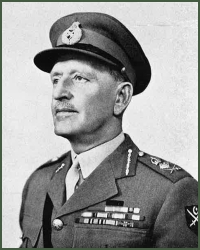|
Battle Of Hanoi (1946)
On December 19, 1946, Viet Minh soldiers detonated explosives in Hanoi, and the ensuing battle, known as the Battle of Hanoi marked the opening salvo of the First Indochina War. Background According to the preliminary treaty on 6 March 1946, the Vietnamese army was under French control. On September 14, 1946, France and the Democratic Republic of Vietnam, DRV had signed a ''modus vivendi'', promising reciprocal rights and negotiations to end armed hostilities. The French did not follow through with any political concessions. Instead, France landed reinforcements at Da Nang in violation of an accord signed on March 6, 1946. Then in November 1946, local disputes led to Haiphong incident, colonialist massacres at Haiphong, Lạng Sơn, Langson and Da Nang, Tourane. The French had balked at granting the DRV independence, instead insisting on rebuilding their Indochinese federation. Already in mid-October that year, the Viet Minh's General Staff concluded that the French would atta ... [...More Info...] [...Related Items...] OR: [Wikipedia] [Google] [Baidu] |
First Indochina War
The First Indochina War (generally known as the Indochina War in France, and as the Anti-French Resistance War in Vietnam, and alternatively internationally as the French-Indochina War) was fought between French Fourth Republic, France and Việt Minh (Democratic Republic of Vietnam), and their respective allies, from 19 December 1946 until 21 July 1954. Việt Minh was led by Võ Nguyên Giáp and Hồ Chí Minh. Most of the fighting took place in Tonkin in Northern Vietnam, although the conflict engulfed the entire country and also extended into the neighboring French Indochina protectorates of Kingdom of Laos, Laos and French protectorate of Cambodia, Cambodia. At the Potsdam Conference in July 1945, the Allied Combined Chiefs of Staff decided that Indochina south of 16th parallel north, latitude 16° north was to be included in the Southeast Asia Command under British Louis Mountbatten, 1st Earl Mountbatten of Burma, Admiral Mountbatten. On V-J Day, September 2, Hồ Chí Min ... [...More Info...] [...Related Items...] OR: [Wikipedia] [Google] [Baidu] |
Lạng Sơn
Lạng Sơn () is a city in far Northern Vietnam, and the capital of Lạng Sơn Province. It is accessible by road and rail from Hanoi, the Vietnamese capital, and it is the northernmost point on National Route 1. History Due to its geography as Vietnam's gateway to China (being located just across from Guangxi), Lạng Sơn (諒山) and its ancient citadel have been in the path of many invasions, and were the site of three French defeats during the colonial era. Occupied by Qing forces during the military buildup that preceded the Sino-French War, the city was occupied by France after the two-week Lạng Sơn Campaign in February 1885. However, the French brigade there conducted a hasty retreat after launching a failed attack at the Battle of Bang Bo into China; the " retreat from Lạng Sơn" became the most controversial aspect of the war and led to the fall of Jules Ferry's ministry. Outnumbered French colonial forces clashed with the Japanese 5th Division in the Battle ... [...More Info...] [...Related Items...] OR: [Wikipedia] [Google] [Baidu] |
Voice Of Vietnam
The Voice of Vietnam is the Vietnamese national radio broadcaster. Directly run by the Ministry of Finance alongside the Vietnam Television and the Vietnam News Agency, VOV is tasked with promoting the policies of the Communist Party and the laws of the state. History Prior to 1945, the Vietnamese were banned from owning radio receivers, and broadcasting was under the control of the French colonial government, which established the first radio station in Vietnam, ''Radio Saigon'', in the late 1920s. Vietnam's national radio station, now called the ''Voice of Vietnam'', started broadcasting from Da Lat just a week after the declaration of the Democratic Republic of Vietnam with the declaration "This is the Voice of Vietnam, broadcasting from Hanoi, the capital of the Democratic Republic of Vietnam," followed by the playing of "Destroy Fascists", a patriotic anthem of the August Revolution, which serves till today as the official anthem of the radio network. During the ... [...More Info...] [...Related Items...] OR: [Wikipedia] [Google] [Baidu] |
Presidential Palace, Hanoi
The Presidential Palace of Vietnam (), located in the city of Hanoi, currently is the official residence of the president of Vietnam and the seat of the presidential office. Before 1954, it was named the Palace of the Governor-General of Indochina (, ). History The palace was built between 1900 and 1906 to house the French governor-general of Indochina and was constructed by the architect Charles Lichtenfelder, this is often incorrectly attributed to Auguste Henri Vildieu, who was the official French architect for French Indochina. Like most French colonial architecture, the palace is pointedly European. The only visual cues that it is located in Vietnam at all are mango trees growing on the grounds. The yellow palace stands behind wrought iron gates flanked by sentry boxes. It incorporates elements of Italian Renaissance design, including: * aedicules *a formal piano nobile reached by a grand staircase * broken pediments *classical columns *quoins When Vietnam achie ... [...More Info...] [...Related Items...] OR: [Wikipedia] [Google] [Baidu] |
Long Biên Bridge
Long Biên Bridge () is a historic cantilever bridge across the Red River that connects two districts, Hoàn Kiếm and Long Biên of the city of Hanoi, Vietnam. It was originally called ''Paul Doumer Bridge''. History During French regime The bridge was built in 1899–1902 by the architects Daydé & Pillé of Paris, and opened in 1903.Long Bien: Historic Hanoi bridge with an uncertain future by Petroc Trelawny, BBC News Magazine, 18 August 2013. Retrieved 18 August 2013. Before North Vietnam's independence in 1954, it was called ''Paul-Doumer Bridge'', named after Paul Doumer – the governor-general of French Indochina and then French president. At in length, it was, at that time, one ... [...More Info...] [...Related Items...] OR: [Wikipedia] [Google] [Baidu] |
Urban Warfare
Urban warfare is warfare in urban areas such as towns and cities. Urban combat differs from combat in the open at both Military operation, operational and the Military tactics, tactical levels. Complicating factors in urban warfare include the presence of civilians and the complexity of the urban terrain. Urban combat operations may be conducted to capitalize on strategic or tactical advantages associated with the possession or the control of a particular urban area or to deny these advantages to the enemy. It is considered to be arguably the most difficult form of warfare. Fighting in urban areas negates the advantages that one side may have over the other in armor, heavy artillery, or air support. Ambushes laid down by small groups of soldiers with handheld anti-tank weapons can destroy entire columns of modern armor (as in the Battle of Grozny (1994–95), First Battle of Grozny), while artillery and air support can be severely reduced if the "superior" party wants to limit ci ... [...More Info...] [...Related Items...] OR: [Wikipedia] [Google] [Baidu] |
French Army
The French Army, officially known as the Land Army (, , ), is the principal Army, land warfare force of France, and the largest component of the French Armed Forces; it is responsible to the Government of France, alongside the French Navy, French Air and Space Force, and the National Gendarmerie. The Army is commanded by the Chief of Staff of the French Army (CEMAT), who is subordinate of the Chief of the Defence Staff (France), Chief of the Defence Staff (CEMA), who commands active service Army units and in turn is responsible to the President of France. CEMAT is also directly responsible to the Ministry of Armed Forces (France), Ministry of the Armed Forces for administration, preparation, and equipment. The French Army, following the French Revolution, has generally been composed of a mixed force of conscripts and professional volunteers. It is now considered a professional force, since the French Parliament suspended the Conscription in France, conscription of soldiers. Acc ... [...More Info...] [...Related Items...] OR: [Wikipedia] [Google] [Baidu] |
Gia Lam Airport
Gia Lam Airport is an airport in Hanoi, the capital of Vietnam, located in Long Biên district, on the eastern bank of the Red River. It is primarily a military field, used by the Vietnam People's Air Force (VPAF), with MiG-21 fighters and Kamov Ka-28 helicopters stored in revetments. The airfield was inaugurated in 1936, before the Japanese occupation of French Indochina. The airport is currently used for military training activities, as well as for chartered helicopter taxi flights for tourists visiting nearby attractions such as Ha Long Bay. There are plans to convert Gia Lam to a civilian airport, serving short flights to and from locations in Northern Vietnam. History 1936–40 Gia Lam Airfield () was built in 1936, according to an urban plan laid out by French architect Ernest Hébrard over a decade earlier. Hébrard was hired by the city of Hanoi's Urban Planning and Architecture Services department in 1923 to supervise a number of urban renewal projects, including a ... [...More Info...] [...Related Items...] OR: [Wikipedia] [Google] [Baidu] |
Second Sino-Japanese War
The Second Sino-Japanese War was fought between the Republic of China (1912–1949), Republic of China and the Empire of Japan between 1937 and 1945, following a period of war localized to Manchuria that started in 1931. It is considered part of World War II, and often regarded as the beginning of World WarII in Asia. It was the largest Asian war in the 20th century and has been described as The Asian Holocaust, in reference to the scale of Japanese war crimes against Chinese civilians. It is known in China as the War of Resistance against Japanese Aggression. On 18 September 1931, the Japanese staged the Mukden incident, a false flag event fabricated to justify their Japanese invasion of Manchuria, invasion of Manchuria and establishment of the puppet state of Manchukuo. This is sometimes marked as the beginning of the war. From 1931 to 1937, China and Japan engaged in skirmishes, including January 28 incident, in Shanghai and in Northern China. Chinese Nationalist and C ... [...More Info...] [...Related Items...] OR: [Wikipedia] [Google] [Baidu] |
National Revolutionary Army
The National Revolutionary Army (NRA; zh, labels=no, t=國民革命軍) served as the military arm of the Kuomintang, Chinese Nationalist Party (Kuomintang, or KMT) from 1924 until 1947. From 1928, it functioned as the regular army, de facto national armed forces of the Nationalist government, Republic of China during the period of Nationalist rule. Following the promulgation of the Constitution of the Republic of China, 1947 Constitution — which established civilian control of the military, civilian control over the military on a de jure basis — it was formally reorganised as the Republic of China Armed Forces. Initially formed from Constitutional Protection Junta, pro-nationalist faction troops after 1917, with assistance from the Soviet Union, the NRA was created as an instrument for the Nationalist government to unify China during the Warlord Era. It went on to fight major military conflicts, including the Northern Expedition against the Beiyang warlords, the encirclem ... [...More Info...] [...Related Items...] OR: [Wikipedia] [Google] [Baidu] |
War In Vietnam (1945–1946)
The 1945–1946 War in Vietnam, codenamed Operation Masterdom by the British, and also known as the Southern Resistance War () by the Vietnamese, was a post–World War II armed conflict involving a largely Indian and French task force and Japanese troops from the Southern Expeditionary Army Group, versus the Vietnamese communist movement, the Viet Minh, for control of the southern half of the country, after the unconditional Japanese surrender. Western countries recognise three Indochina Wars: the first being France's unsuccessful eight-year conflict with the Viet Minh nationalist forces (1946–1954); the second being the war for control of South Vietnam, featuring an unsuccessful American-led intervention, ending in 1975; finally, the conflict in Cambodia, sparked by the Vietnamese invasion in 1978. This numbering overlooks the brief but significant initial conflict, from 1945 to 1946, that grew out of the British occupation force landing at Saigon to receive the surren ... [...More Info...] [...Related Items...] OR: [Wikipedia] [Google] [Baidu] |







